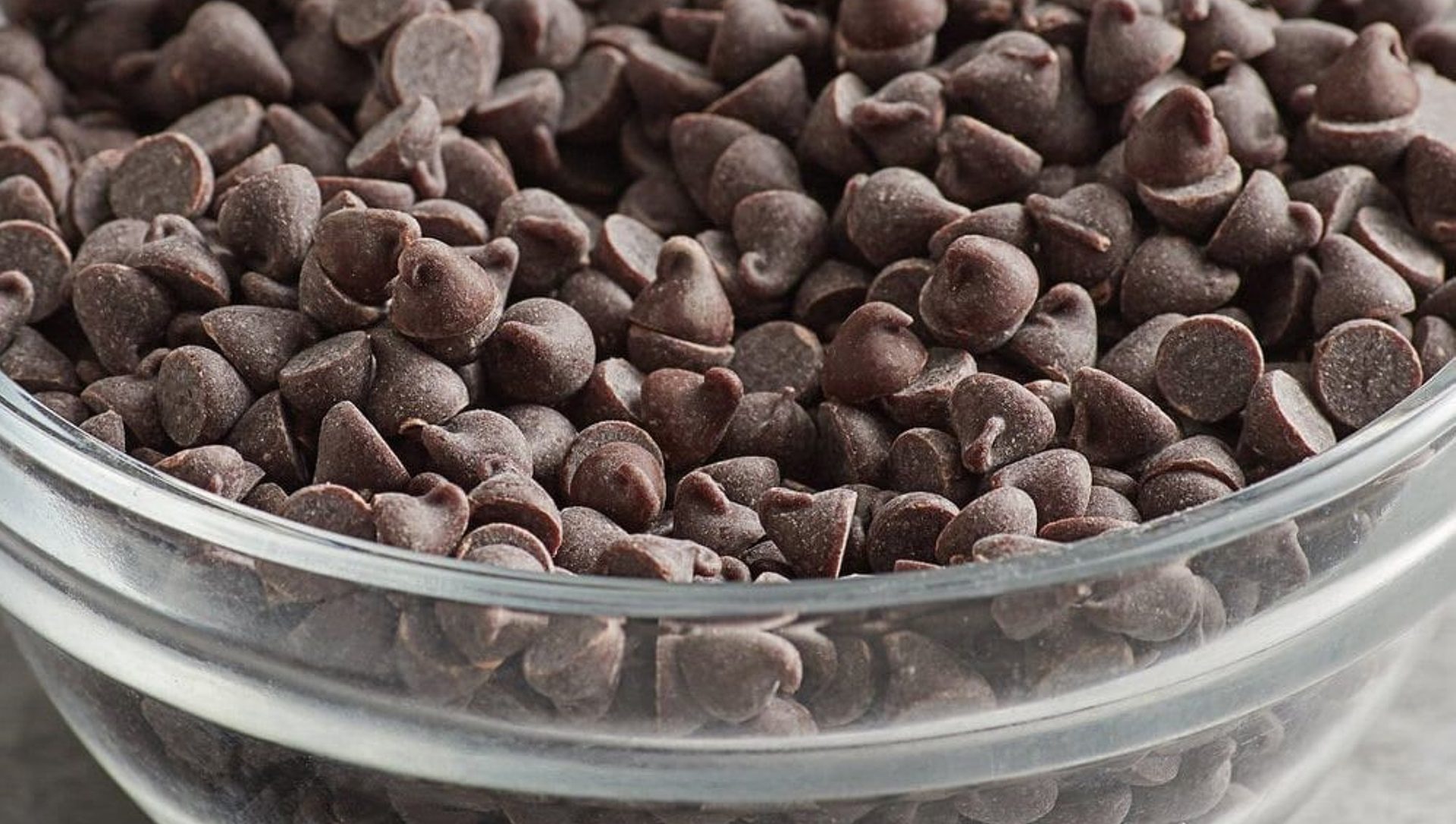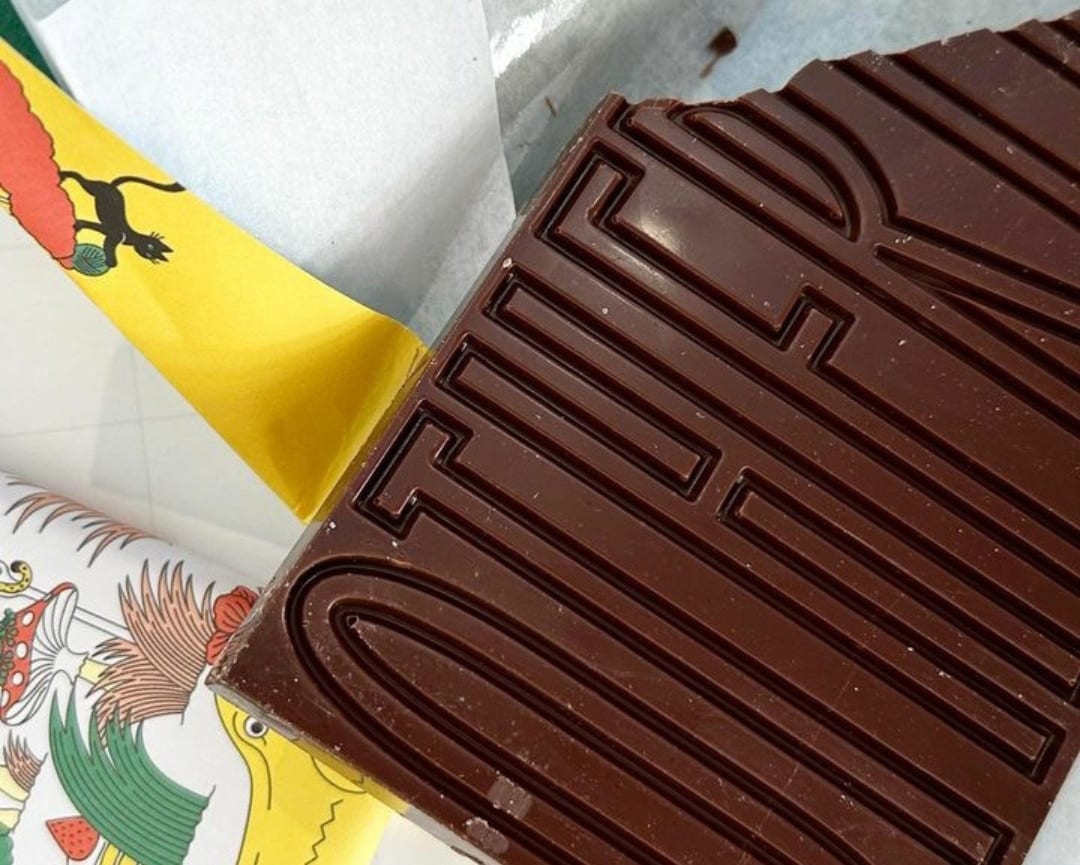plant-based chocolate PART 1
Technologies
Sweet & Green: Plant-Based Chocolate
Plant-based ingredients make it easier to create a new generation of chocolate indulgences.
Part 1
The plant-based movement hits the sweet spot with non-dairy “milk” chocolate. Video courtesy of Getty Images / Khwankaew Sumatchaya
Designing a plant-based chocolate bar or other chocolate product might sound like an easy task, but it is not just about replacing the dairy ingredients with plant-based alternatives. It is a fine-tuned science where close attention to detail and passion for success is vital to creating delicious, sustainable products that closely replicate their mainstream counterparts.
Milk and other dairy ingredients have several characteristics that heavily impact a chocolate product. Consumers recognize and love the creaminess and milky flavor tones, but each ingredient also contains physicochemical characteristics that can be challenging to replace.
Daniela Quintero-Fernández, Contributing Technical Editor
Come to the Dark Side
When crafting plant-based chocolate products, it is important to understand the difference between “dairy-free” and “non-dairy.” Usually, dark chocolate is non-dairy, as it is made only with cocoa solids, sugar, and a source of fat, such as cocoa butter. But non-dairy refers to products that still may contain a milk derivative, as even plant-based non-dairy products may be produced in facilities where milk products are processed and so could contain traces of milk. Also, some manufacturers even add milk-derived ingredients or inclusions that could contain traces of dairy. Consumers with dairy allergies or dairy sensitivities should look for products specifically labeled “dairy-free,” as dairy-free means there are no dairy or dairy-derived ingredients whatsoever, including dairy sugar—lactose. The reason for the labeling distinction is to clarify for consumers who have a dairy allergy, are dairy sensitive, or are lactose-sensitive or intolerant. Mislabeling or mis-marketing a non-dairy chocolate as dairy-free could lead to severe repercussions.
Chocolate’s flavor, performance, and shelf life are intimately and synergistically impacted by the amount of fat present in the cacao mass (which ranges from about 45-60% cacao butter) and in the dairy ingredients. Other contributing factors include moisture level, protein content, carbohydrates (amount and types), and even particle size.
There are a number of alternative sources in use to replace traditional dairy milk. Currently, the most common are cereal- and grain-based, such as from oats or rice; nuts, such as almonds or cashews; and legumes, including soy and lentils. Each of these base ingredients has different characteristics when it comes to both flavor and overall chemical structure.
Some dairy alternatives have longer carbohydrate chains, including soluble and insoluble fibers or starches, and some have higher unsaturated fat levels or different amino acid profiles. These characteristics can either occur naturally or as a byproduct of the production process.

Using oat milk in chocolate can translate to significant water savings, as well as reducing CO2 production by around two-thirds compared to dairy chocolate. Photo courtesy of: H!P Chocolate Co.

The challenge of making a chocolate without both dairy and caloric sugars invites natural single drop-in sweeteners such as allulose. Photo courtesy of Anderson Advanced Ingredients, Inc.
When designing a chocolate product, although flavor is paramount, product performance is just as critical. Both are related to the quality and properties of each one of the raw materials used for a given formulation. Sourcing and the right dairy replacements are key components in the creation of any plant-based chocolate product.
To compensate for dairy, the nutritional profile and overall chemical composition of the potential replacer should be evaluated for aspects such as levels of fiber and starches; these will have a direct impact on the product’s rheology or the way it flows.

While multiple options exist to replace dairy milk in chocolates, oat ingredients offer a unique combination of texture and mouthfeel that makes an exemplary substitute. Photo courtesy of: Otherly, Ltd.
Meanwhile, a high level of unsaturated fat, as occurs in nuts, can lead to such negative results as fat bloom or a coarse and gritty texture in the finished product. There is a precise science to creating a cohesive and consistent chocolate flavor and texture.
The goal of a great plant-based chocolate is to not sacrifice the indulgent experience that a dairy milk-based product imparts. This means attaining the same creaminess and mouthfeel—how it melts in the mouth and sustains that sense of indulgence—leaving consumers craving more. End of Part 1

Lower-fat chocolate ingredient options can take advantage of carefully crafted, plant-based cocoa butter blends. Photo courtesy of: AAK USA, Inc.
Daniela Quintero-Fernández is Design and Product Development Director for Luker Chocolate, SA. Luker is a manufacturer of fine chocolates crafted at origin, providing a turnkey approach for purpose-driven brands seeking to innovate through chocolate. Alongside her customers, she co-creates unique solutions and purpose-driven chocolate products. Quintero is a trained chemical engineer with more than 10 years of experience in product R&D, as well as an expert in food science, sensory evaluation, and nutrition. She has overseen multiple product launches encompassing everything from flavorings and savory products to chocolate products of all categories. Reach her at aquintero@lukerchocolate.com.
SEPTEMBER 2023



